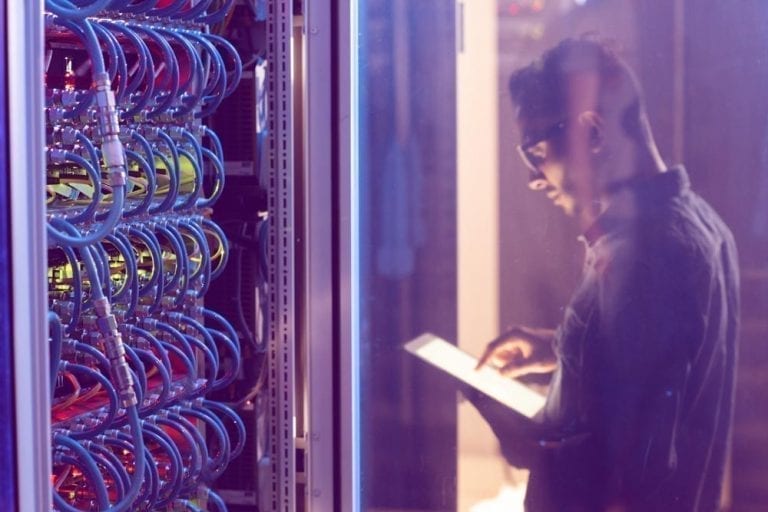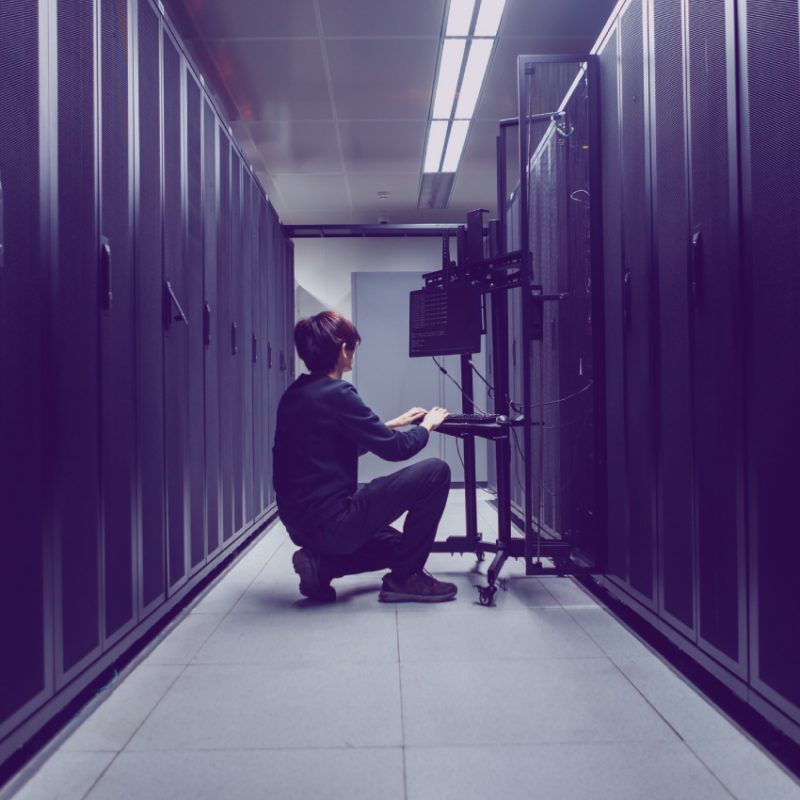
5 Things Everyone Should Know about Mainframes

What comes to mind when you hear the word mainframe? If it’s a computer from the 1950s, you probably don’t know as much about mainframes as you could. Keep reading for five little-known mainframe facts.
If you work in the mainframe industry or have a strong background in technology, these mainframe facts may not be little-known to you. But to the public at large, they are.

1. Mainframes are the size of a fridge
The mainframes that filled entire rooms went out of style decades ago.
Today’s mainframes are about the size of a refrigerator. That makes them somewhat larger than your average server, sure, and certainly bigger than your personal computer.
But a fridge is certainly smaller than the gigantic mainframes of old.
2. Mainframes can run Windows
You may know that mainframes can run Linux in addition to native mainframe operating systems, such as z/OS. But did you know mainframes support Microsoft Windows, too?
Well, OK – not all mainframes can run Windows. And they can’t run any version of Windows.
But Windows is supported on certain mainframes. That makes a lot of sense if you think about it. Mainframes are powerful machines that can be more cost-efficient to maintain than a data center’s worth of servers. If you can run Windows workloads on your mainframes in addition to Linux and z/OS, then you can use them to consolidate your entire data center.
Read eBook
Best Practices for Mainframe Modernization
In this eBook, we will clarify the concepts of mainframe modernization, explain the drivers behind the common mainframe modernization patterns, and provide guidance on the most important methods and tools involved when putting those patterns into practice.
3. Mainframes host about 70 percent of the world’s data
Ever wonder where all the big data you hear so much about actually lives?
In many cases, it’s on a mainframe. Mainframes store about 70 percent of the total data in the world.
If you think about which industries still rely heavily on mainframes, this makes sense. Banking, insurance, retail and the like are industries that produce a lot of data. They’re also ones that tend to be powered by mainframe computers.
4. COBOL remains in high demand
Industries that rely heavily on mainframes also depend on apps written in COBOL, the venerable mainframe programming language.
Almost no one learns COBOL these days. You’d be hard-pressed to find a college computer science program that includes instruction in it.
Yet the fact is that COBOL skills are still in demand. And precisely because younger COBOL programmers are in short supply, businesses that depend on COBOL are willing to pay top dollar for programmers who can provide COBOL expertise.
5. A single mainframe equals hundreds of regular servers
How many regular, x86-based servers does it take to equal the computing power of a mainframe? About 1,500 – if you’re talking about IBM’s System z10 mainframe, which was released in 2008.
That data is a little dated, but it still provides a sense of the enormous computing power housed in a single mainframe.
Conclusion
Now you know what modern mainframes really look like and can do – and how much they have changed since the days of the first mainframes.
The malevolent mainframes depicted in films like Alphaville never came to pass, but mainframes certainly have grown much smarter, leaner, meaner and more powerful over the decades
Read our eBook Best Practices for Mainframe Modernization and we will clarify the concepts of mainframe modernization, explain the drivers behind the common mainframe modernization patterns, and provide guidance on the most important methods and tools involved when putting those patterns into practice.


